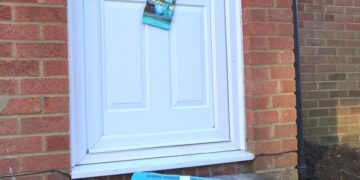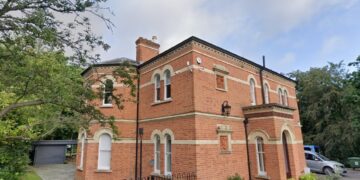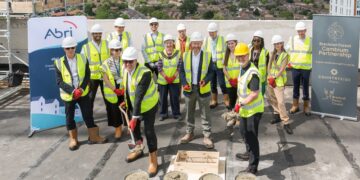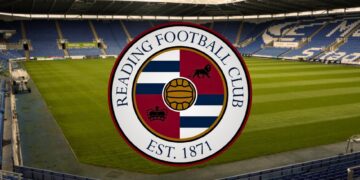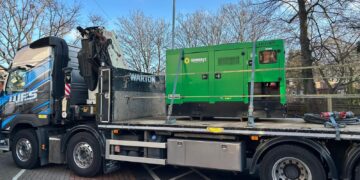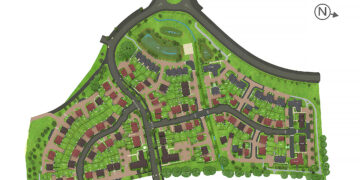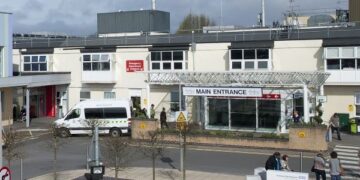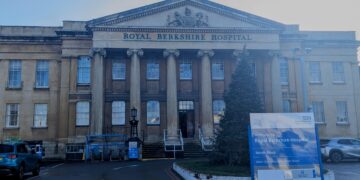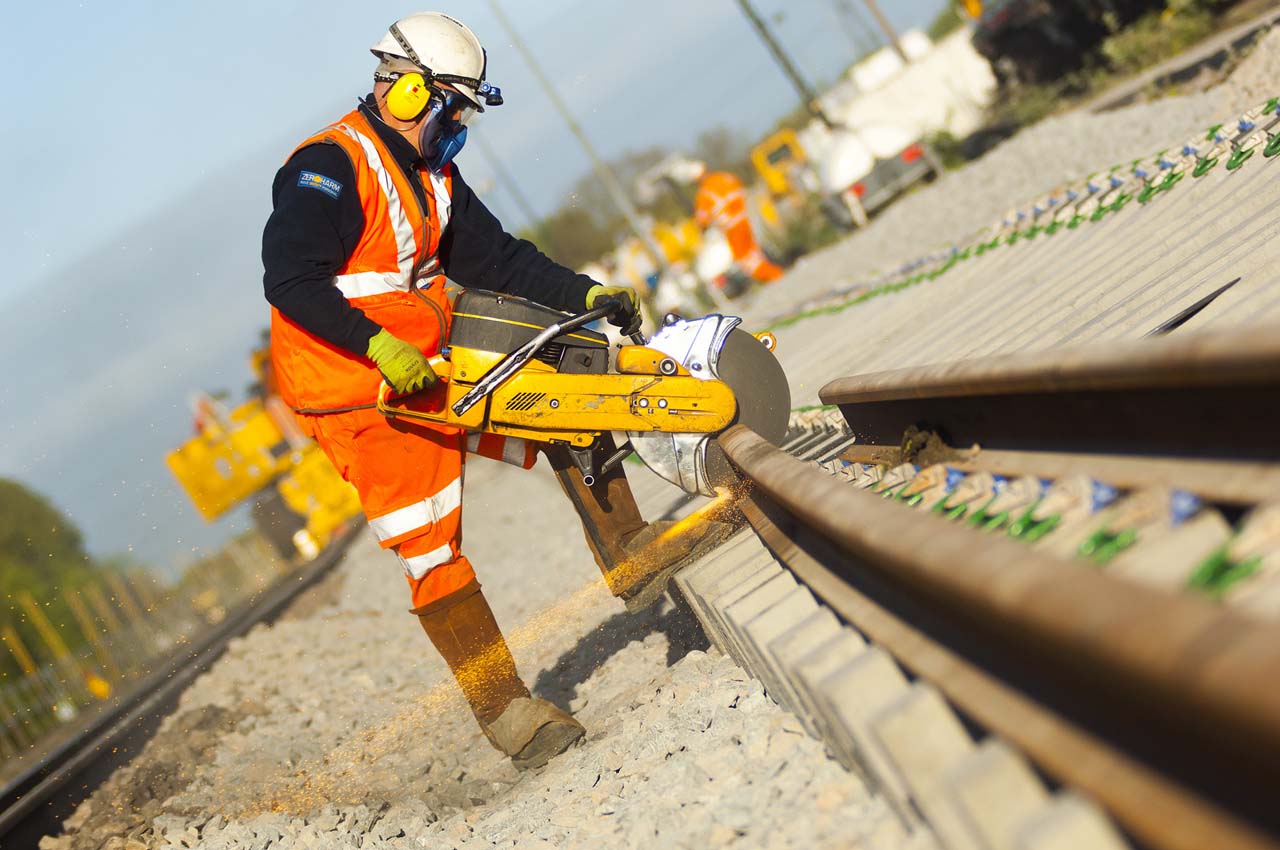With last week’s commentary focusing on what the Local Plan looked like from the receiving end, it seemed appropriate to balance it with views from the opposite end – those at Shute End who directed, developed, guided or contributed directly to the production of the draft plan.
What follows is a mix of topics which are either novel and interesting in their own right or are ones where public comments may change the plan before it goes to the next stage.
Thank you to the WBC staff who shared information and ideas.
Our green and pleasant land
Back in 2012, the National Planning Policy Framework (NPPF) introduced the idea of ‘Valued Landscapes’ – but didn’t say what they were. Chaos followed, as appeal after appeal sought to prevent local authorities ‘hiding’ their land to stop it being built on.
The Planning Inspectorate’s 2014 decision, subsequently overturned by the 2015 appeal in the High Court (Stroud Council vs DCLG) were the first times Valued Landscapes were actually defined in some way, although the definition was said to be “clearer, but not unequivocal”.
So when the government was again defeated in the High Court and ordered to remove the fracking paragraph (209a), 2018’s consultation draft NPPF became the current NPPF in June 2019.
Demonstrating that at least some pernicious policies can be changed or clarified – but this can be a) uncertain, b) time-consuming, and c) expensive.
Innovation by WBC
While the phrase ‘Valued Landscapes’ has become less opaque, it’s still far from being completely clear.
Locally however, in view of the Independent Councillor’s “Enough is Enough” campaign in Shinfield South that was subsequently ‘borrowed’ by Conservatives, public support for protecting and caring for the Borough’s green spaces has been made more tangible in the Local Plan.
And while other local authorities have taken steps to define a few Valued Landscapes, WBC’s new Local Plan is thought to be the first to take the concept borough-wide.
So what’s being protected?
Those who’ve visited any of WBC’s community engagement sessions for the Local Plan may have seen a map showing which parts of the borough are being proposed as ‘Valued Landscapes’.
In the south they include the woodland and all the rural ‘rides’ where the straight edges and criss-cross shapes are reminiscent of runways at some airports.
From south to mid-north they include the flood plains of the River Loddon as well as the Eastern bank of the Thames.
Half of Barkham and Arborfield (but virtually none of the adjacent Evendons, Winnersh, Emmbrook, Norreys or Wescott), then much of Hurst are also included.
Lastly most of the northern parishes which are also protected by being part of London’s green belt.
And why should you care?
There’s a really excellent online map which you can use to check out the Local Plan Update and it can be selected to show all of the Local Green Spaces, Sites of Urban Landscape Value, Areas of Identified Biodiversity Interest, or Valued Landscapes in all of the wards.
By expanding the layers on the right-hand side and choosing the topics, you can toggle what’s on screen quickly enough to spot all the details. If you’ve not got internet access at home, most libraries and almost all parish, town and borough council offices will be able to help you.
And what became clear from listening to WBC staff was that your opinion can make a difference.
There may be some features which aren’t on the plan yet – but which you believe should be.
Conversely, the boundaries of what has been defined may not be what you believe they should be.
In either case the Local Plan Update team at Shute End would like to get your views. There’s an online survey, or a written response sheet.
Alternatively, you can put your opinion across in an email or in a letter addressed to “Growth and Delivery Team – Draft Local Plan Consultation” at WBC (RG40 1BN).
The Last Word
The new Local Plan also includes Climate Emergency policies (SS8, SS9, DH7) which are aiming to make new homes carbon neutral. In practical terms and using readily available technology, this translates into energy savings of between 20% and 35% of annual gas and electric bills.
It also includes policies on Design Quality (DH1) to get new developments more in keeping with where they’re being put.
In practical terms, this is aimed at getting new houses to fit in better with the surrounding properties.
And if new policies for trees, woodland and hedgerows (NE3, NE4) can change the ‘chop down
50 and plant 25’ mentality, then
this Local Plan will be progress indeed.
So whatever your opinion: good; bad; or indifferent; now’s the time to respond to this consultation before it closes on Friday, March 20.


